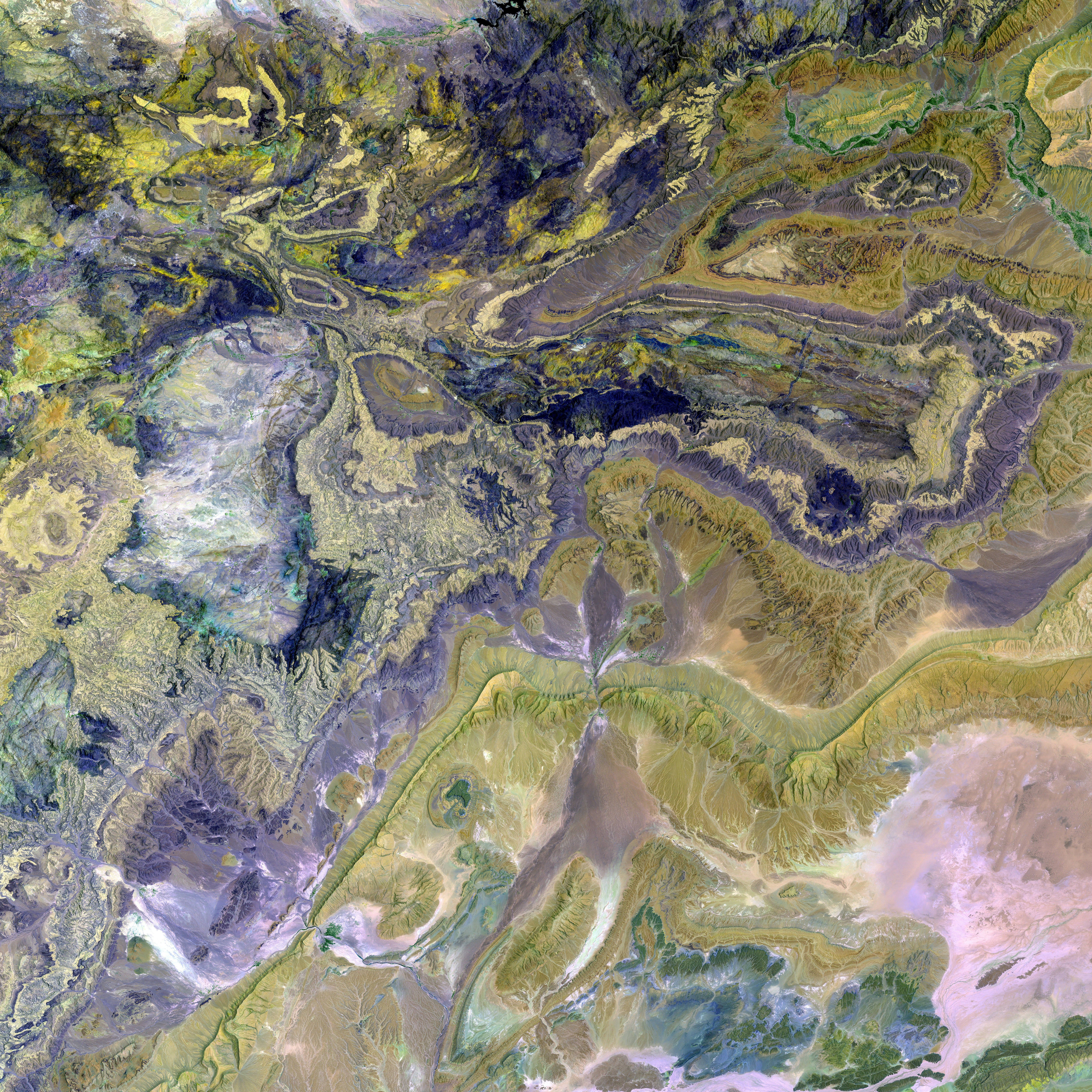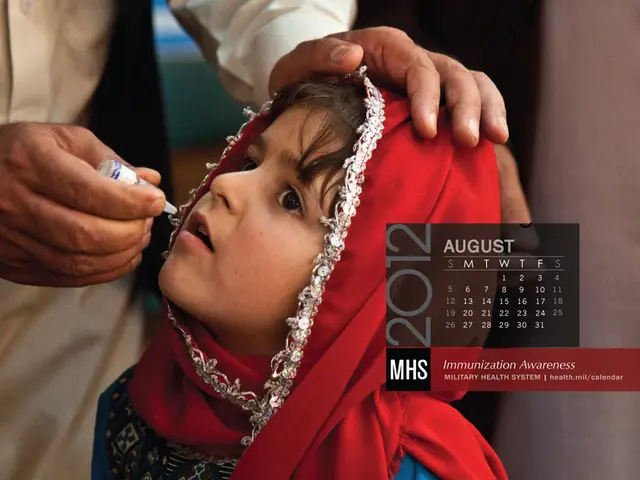Distinguishing age spots from skin cancer: Recognizing the variations
Age Spots versus Skin Cancer: Recognizing the Differences
As people age, they may notice changes in their skin, with age spots being a common occurrence. While age spots are generally harmless, they can resemble some types of skin cancer, leading to confusion. Understanding the key differences between these two conditions can help individuals identify when they need medical attention.
Age spots, also known as solar lentigines or liver spots, are harmless patches of skin that are generally flat, round, or oval in shape and appear darker than the surrounding skin due to overproduction of melanin. Unlike skin cancer, age spots do not require treatment or removal as they are not harmful. They typically develop on sun-exposed areas such as the face, hands, shoulders, and arms, and are more common in adults over 40, particularly those with fair skin who have had extensive sun exposure.
Skin cancer, on the other hand, is a type of cancer that can appear on any part of the body, but is most common on sun-exposed areas. Skin cancer occurs when skin cells are damaged by UV radiation from the sun or tanning beds, leading to uncontrolled growth and spread. Unlike age spots, skin cancer is harmful and can potentially spread to other parts of the body.
There are several key differences between age spots and skin cancer, including texture, color, and location. Age spots are generally flat, smooth, and uniform in color, while skin cancer can have irregular borders, multiple colors, and be raised, rough, or scaly. Age spots usually do not change rapidly in appearance, while skin cancer can change in size, shape, color, or texture over time.
There are different types of skin cancer, including basal cell carcinoma, squamous cell carcinoma, and melanoma. It is important to keep track of any new or changing spots on the skin and seek medical attention if any signs of skin cancer or precancerous growth, such as actinic keratosis, appear.
It is worth noting that actinic keratosis is a precancerous growth that can appear similar to age spots and is caused by damage to the skin from UV radiation. Actinic keratosis may turn into skin cancer if left untreated, making it important to monitor any changes to the skin and consult a healthcare professional promptly if needed.
In conclusion, while age spots and skin cancer can look similar, there are key differences that can help individuals identify which condition is present. It is always best to seek medical attention if any new or changing spots are noticed, especially if they have irregular borders, multiple colors, or symptoms such as itching, bleeding, or pain. Early detection is crucial in ensuring successful treatment of skin cancer.
- majority of skin cancers occur on sun-exposed areas, unlike age spots which are more common on adults over 40, particularly those with fair skin who have had extensive sun exposure.
- While age spots can appear darker than the surrounding skin due to overproduction of melanin, skin cancer occurs when skin cells are damaged by UV radiation, leading to uncontrolled growth and spread.
- Dermatology, a branch of medical-conditions, specializes in skin-care and the diagnosis and treatment of various skin-conditions, such as skin cancer and age spots.
- In oncology, melanoma stands out as a serious type of skin cancer that requires immediate attention, unlike age spots which are harmless and do not require treatment or removal.
- Senior citizens should be particularly vigilant about their skin-care, as they may be at a higher risk for both age spots and skin cancer due to prolonged sun exposure over the years.








